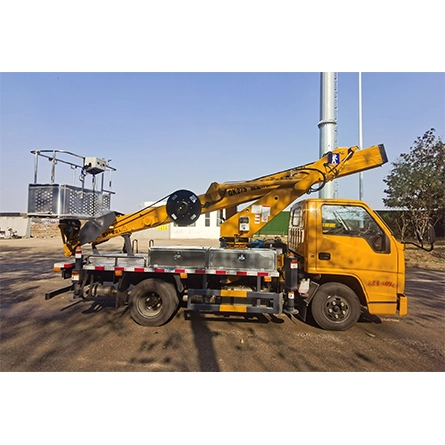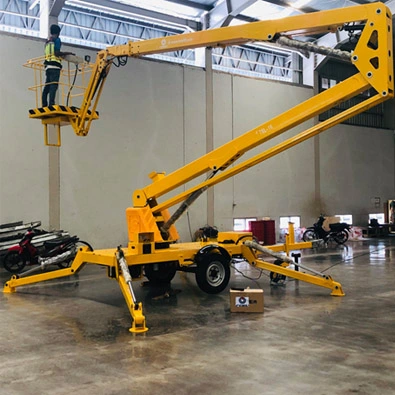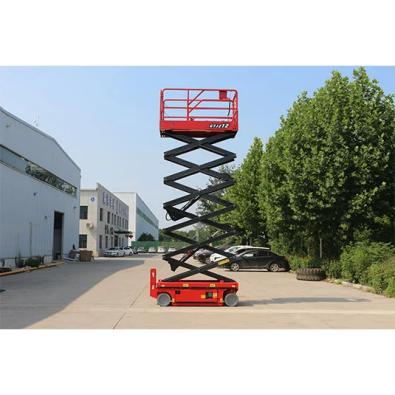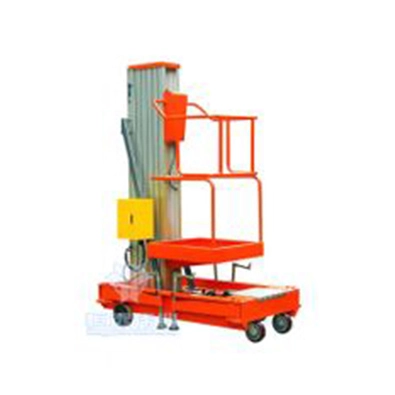B2B Procurement Perspective
When businesses (B2B) are looking to procure an aerial boom lift, several key factors must be considered to ensure the equipment meets operational needs and provides a good return on investment. First, assess the specific requirements of your projects, such as the maximum height and reach needed, load capacity, and the type of terrain the lift will operate on. Durability and reliability are crucial, so opt for reputable brands known for their robust construction and long-term performance. Additionally, consider the total cost of ownership, including maintenance, parts availability, and potential downtime. Safety features are paramount; ensure the lift complies with industry standards and has advanced safety mechanisms. Finally, evaluate the supplier’s after-sales support, including training, service contracts, and warranty options, to ensure seamless operation and minimal disruptions.
B2C Procurement Perspective
For individual consumers (B2C) or small businesses, choosing an aerial boom lift involves a slightly different set of considerations. Start by identifying the primary use cases, such as home maintenance, tree trimming, or small-scale construction projects. Portability and ease of use are often more critical for consumers, so look for models that are user-friendly and easy to maneuver. Budget constraints are typically more pronounced in the B2C market, so compare prices and look for lifts that offer the best value for money without compromising on essential features. Safety remains a top priority; ensure the lift has adequate safety certifications and user-friendly safety features. Additionally, consider the availability of customer support and the ease of obtaining replacement parts or servicing. Reading customer reviews and seeking recommendations can also provide valuable insights into the reliability and performance of different models.
.jpg)

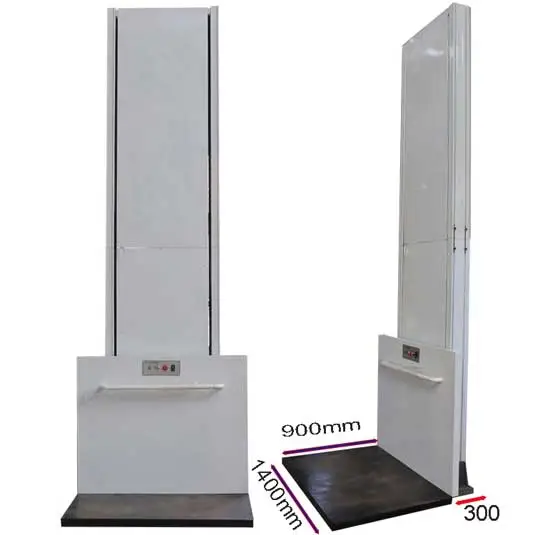
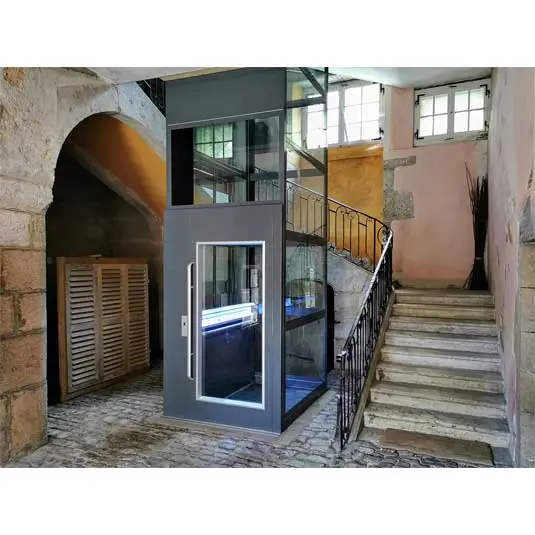

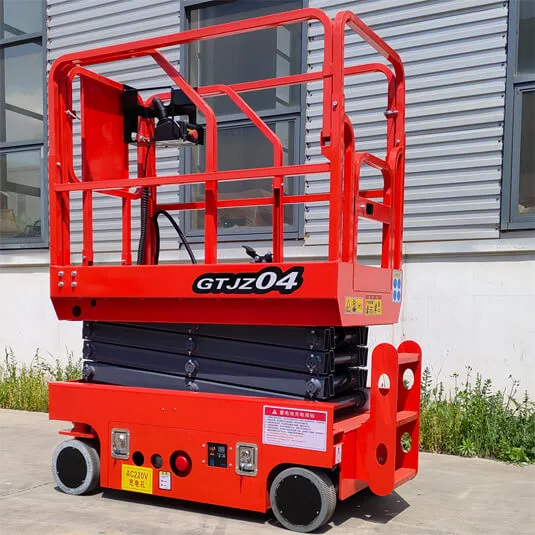
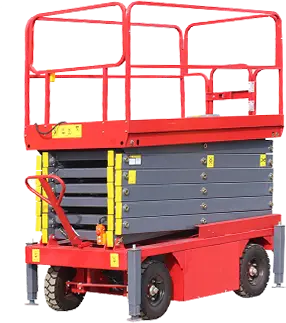
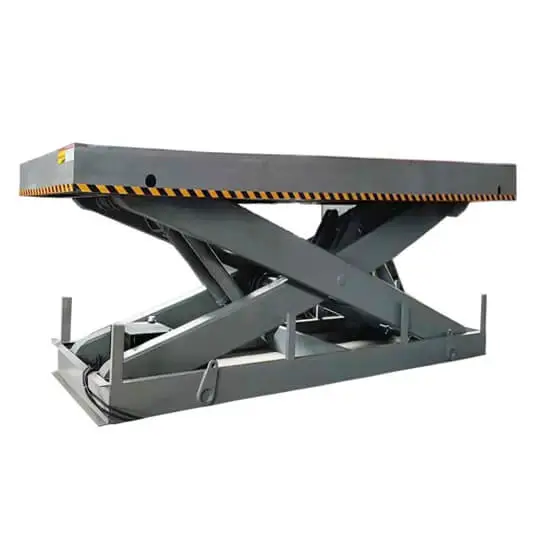
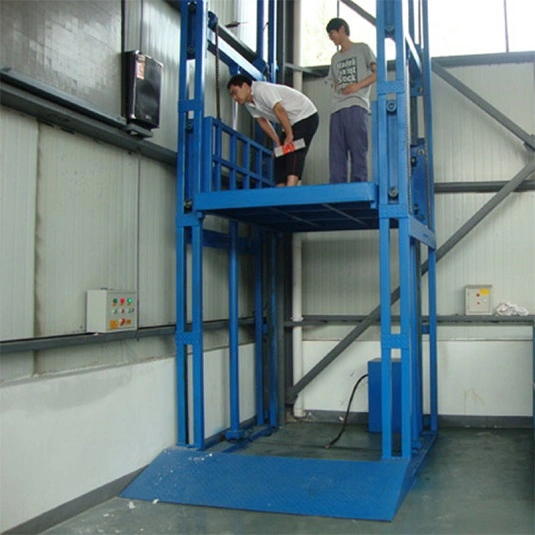
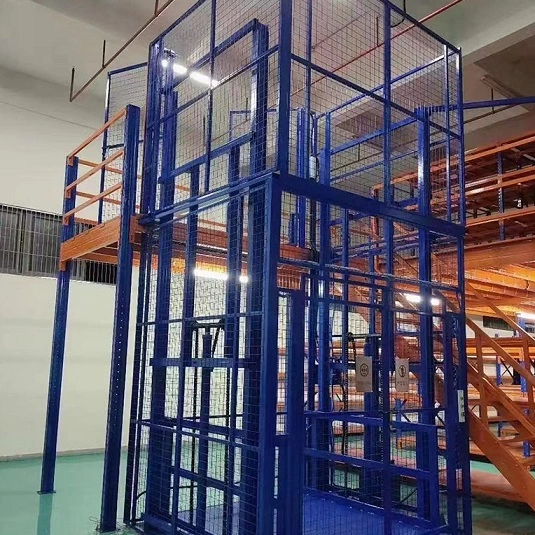
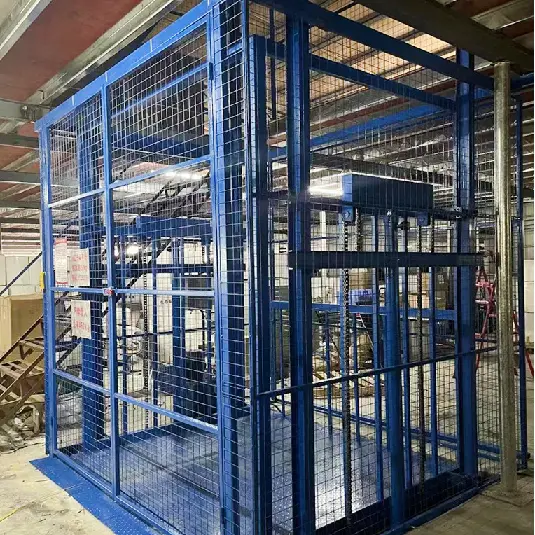
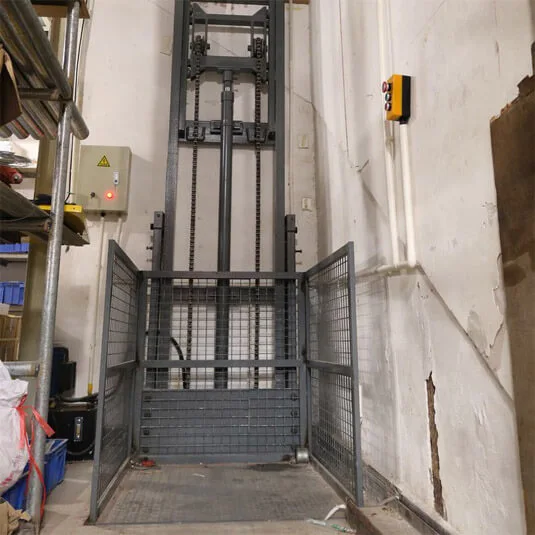
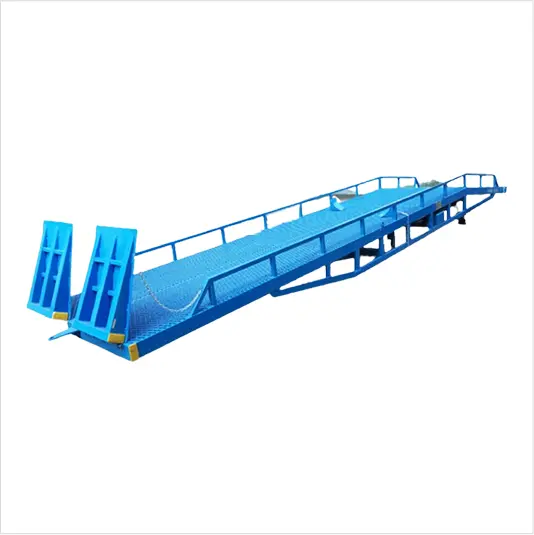
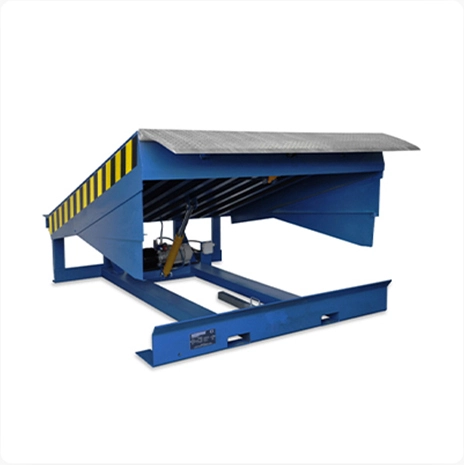
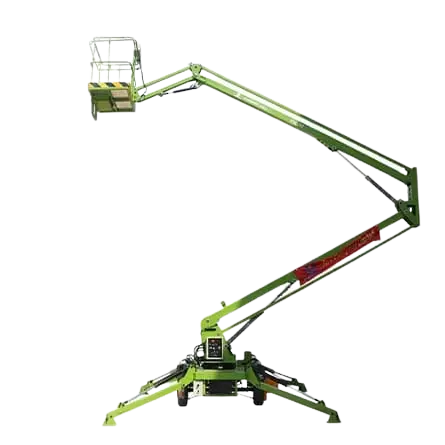
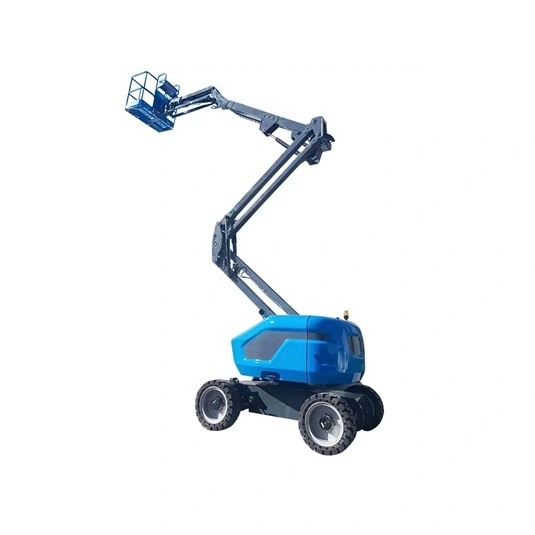
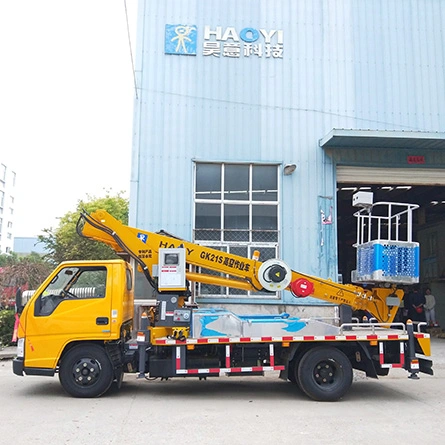
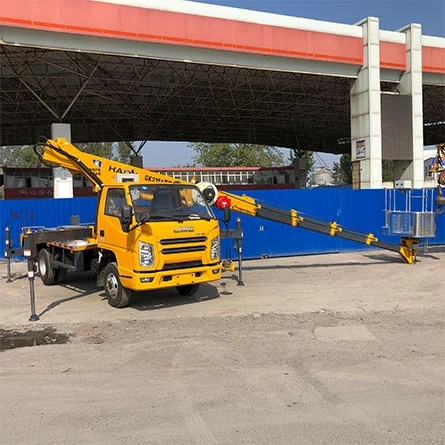
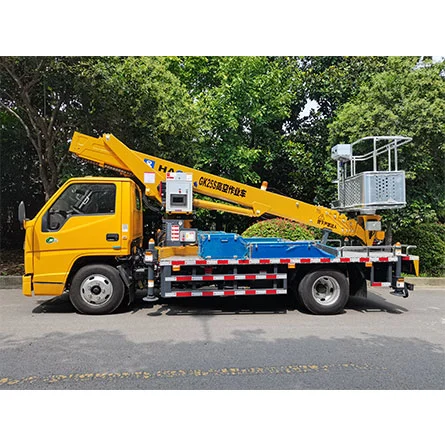
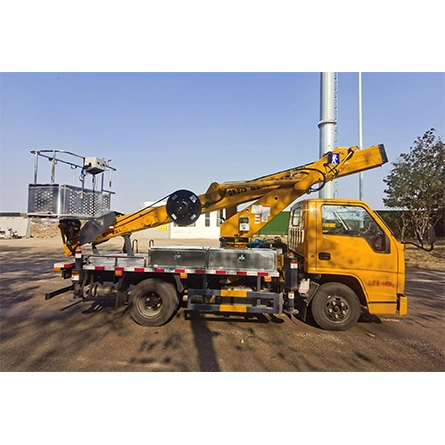
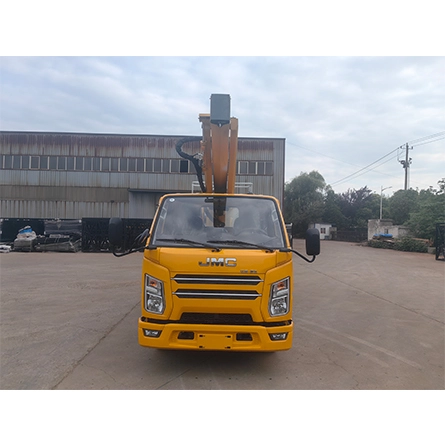
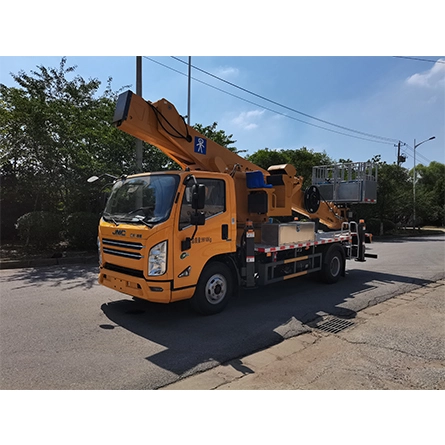
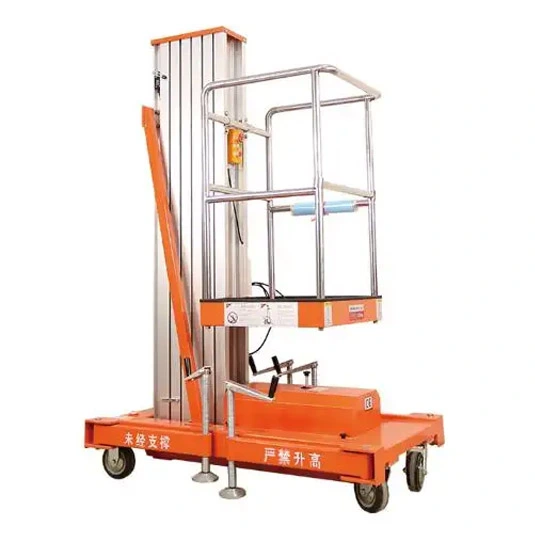
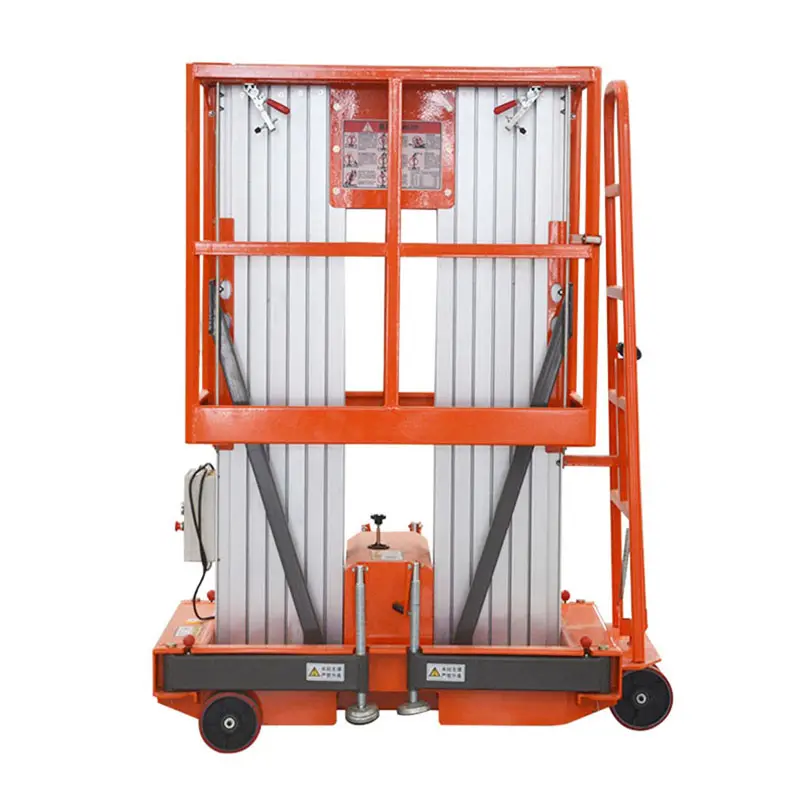
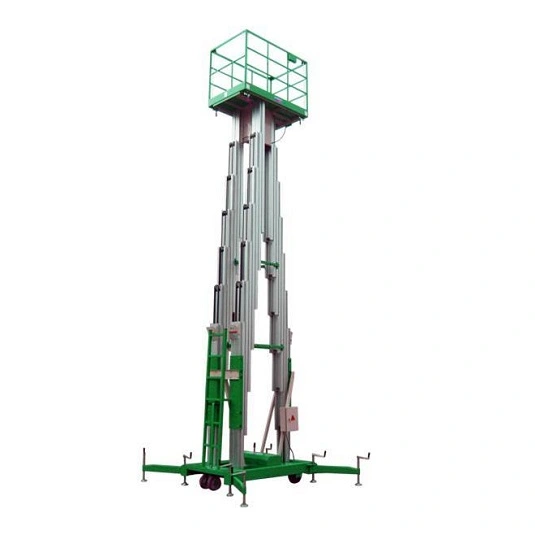
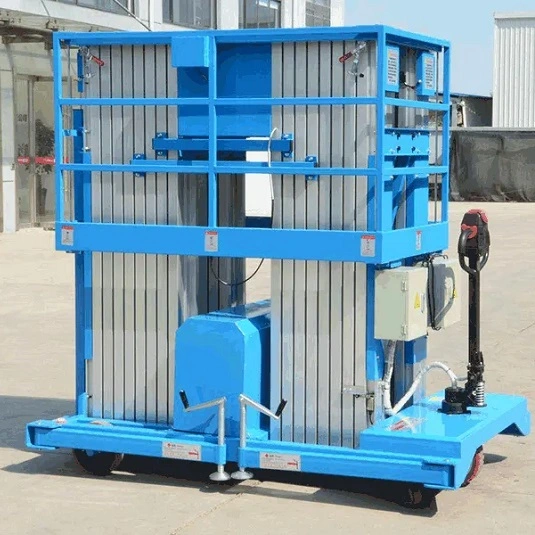
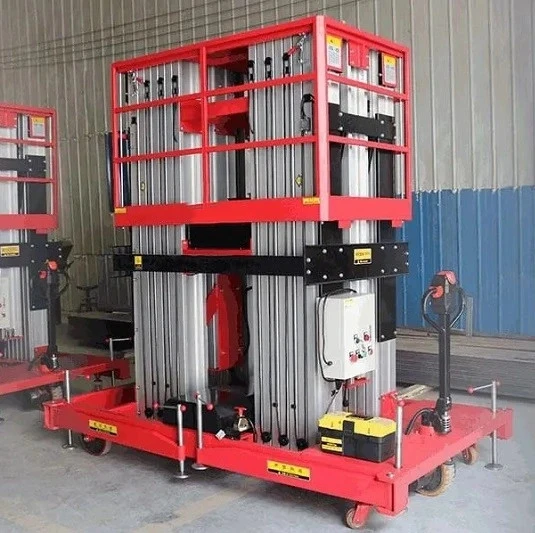
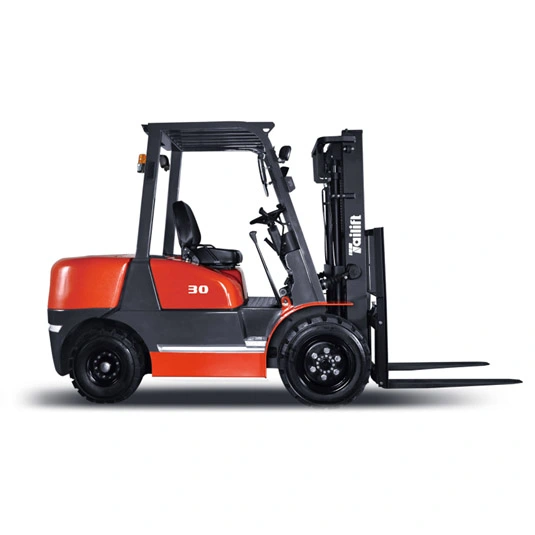
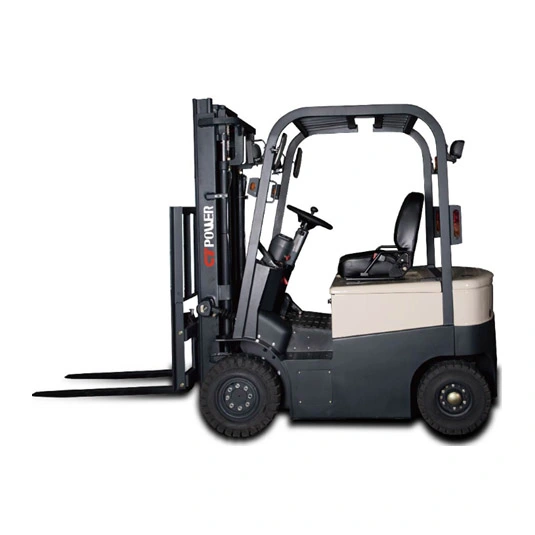
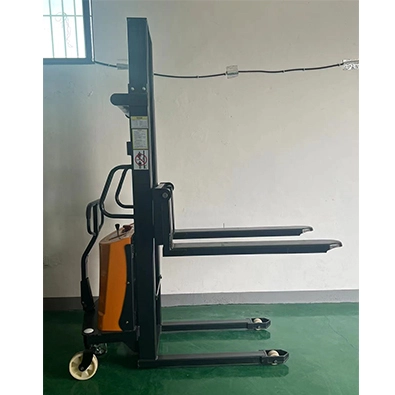
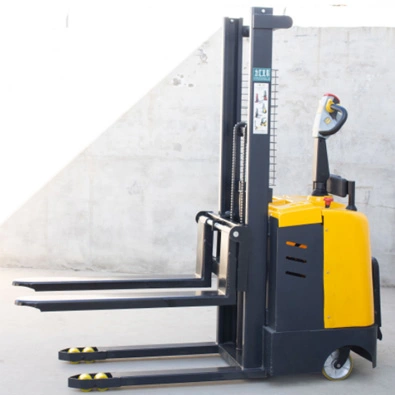
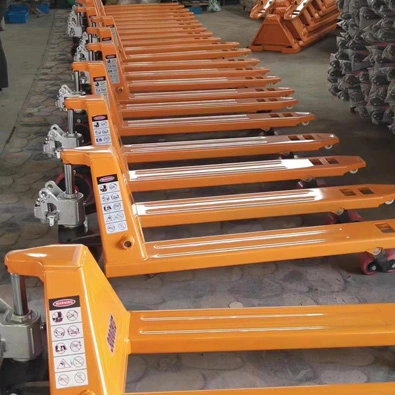
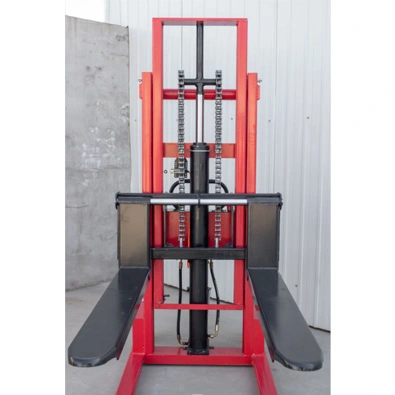
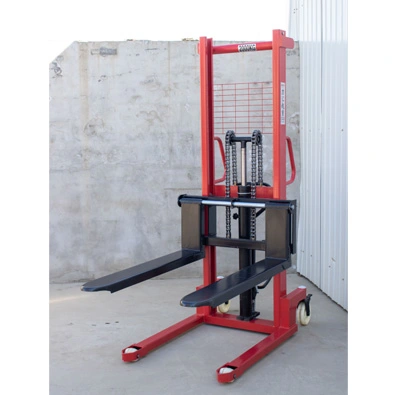
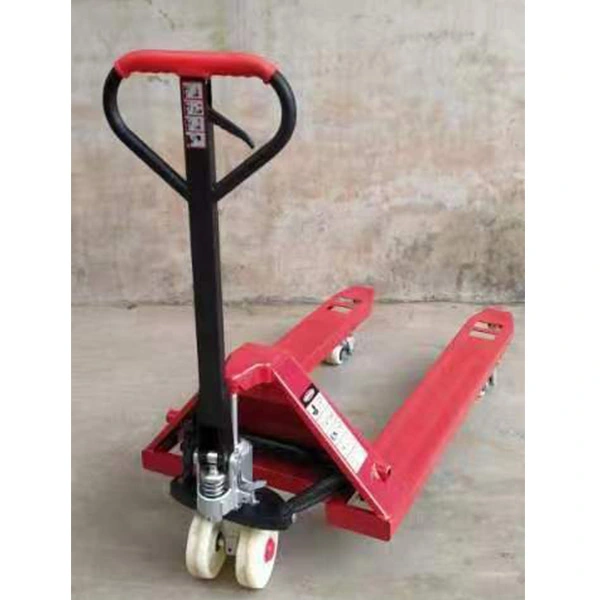
.jpg)
